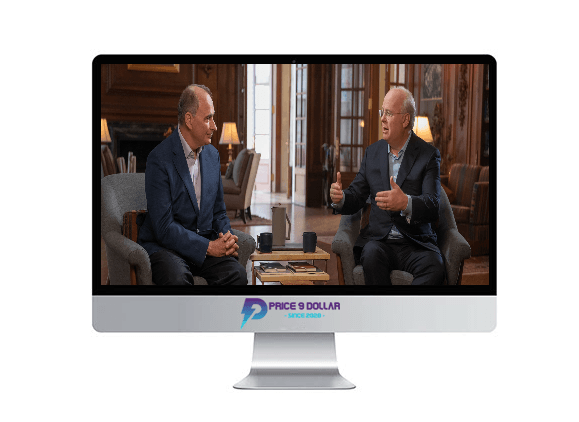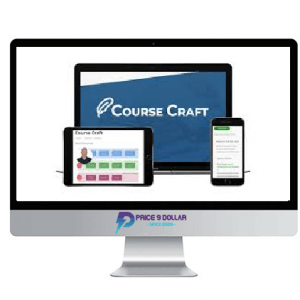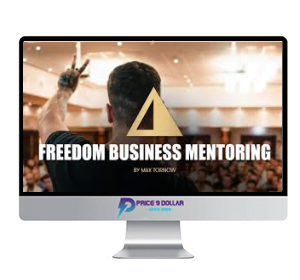MasterClass – David Axelrod and Kalr Rove Teach Campaign Strategy and Messaging
$997.00 $9.00
Total Sold: 2
Sale Page: https://www.masterclass.com/classes/david-axelrod-and-karl-rove-teach-campaign-strategy-and-messaging
MasterClass – David Axelrod and Kalr Rove Teach Campaign Strategy and Messaging
Description
David Axelrod and Karl Rove reach across the aisle to offer an inside look at winning campaign strategies. The respective architects of Barack Obama’s and George W. Bush’s historic election victories teach how to develop a campaign platform and reach an audience with consistent messaging. Find the inspiration and tools to get involved at any level, or simply become a more informed, engaged citizen.
Lesson plan:
1. Introduction
Meet your new instructors David Axelrod and Karl Rove. In your first lesson, they share how they each found politics, how their unlikely friendship began, and why they are passionate about democracy.
2. Starting a Campaign
Karl and David lay out what a campaign team needs to consider at the start of a race. Learn why you need to take stock of the electorate–and your candidate–to develop a theory of why you can win.
3. Assessing Your Candidate
Knowing your candidate inside and out is essential to a winning campaign. Both instructors illustrate why you must uncover every strength and weakness: to identify lines of attack and develop your message.
4. Researching Your Opponent
Karl delves into the whys and hows of conducting opposition research, and addresses the ethical concerns of this practice.
5. Working on a Campaign
Both instructors teach you how to decide which candidate to work for, the different roles on a campaign team, and the role of key decision-maker.
6. The Campaign Plan
Karl explains why you need a campaign plan, what it should include, and how to follow-through and evolve as the race progresses.
7. Understanding the Electorate and Targeting Voters
Karl teaches you how to determine which parts of the electorate your campaign should target and how to go about it, while David shares his advice on the importance of addressing what constituents care about most.
8. Polling and Focus Groups
David and Karl trade off teaching the importance of polling and focus groups, while also highlighting the limitations of these types of research.
9. Budgeting and Fundraising
Karl breaks down what you need to include in a comprehensive campaign budget, how to figure out how much money you can raise, and the different ways you can go about raising it effectively.
10. The Campaign Message
Using effective ads from past successful campaigns, David and Karl teach you the different types of messages you can create for your campaign, from biographical content to positive, comparative, and negative ads.
11. Campaign Messaging Case Study
David walks you through the entire media campaign for an Iowa governor’s race to demonstrate how to develop and evolve your campaign message.
12. Public Appearances
David discusses the importance of the campaign launch, the fundamentals of the stump speech, and why candidates must be aware that all their actions are under scrutiny in a campaign.
13. Getting Your Message Out
Karl and David analyze the ever-changing media landscape and teach their most effective ways to use television and the internet to disseminate your candidate’s message.
14. Harnessing Social Media
David and Karl explain how essential social media is to modern campaigning. Learn how to use social media to spread your message, target voters, solicit donations, and find volunteers.
15. Direct Mail
Karl breaks down why direct mail continues to be a valuable tool to reach voters during your campaign.
16. Slogans and Logos
Using his experiences in the 2008 Obama presidential campaign, David offers his unique perspective on the power of slogans and logos.
17. Supporting Your Candidate
Karl and David teach you strategies to support your candidate during the grueling election cycle, from finding ways to preserve their energy, to delivering tough feedback.
18. Mobilizing Volunteers
An expert in “the ground game,” Karl teaches how to use volunteers to reach potential voters during your campaign. David and Karl also discuss why volunteering can be an excellent entry point into working on campaigns.
19. Debates
Using examples from historic debates, David and Karl break down the tactics candidates can use to effectively win a debate.
20. Keeping the Campaign on Track
David illustrates how to successfully emerge from the inevitable mistakes and negative attacks that happen during the course of any campaign.
21. Identifying Influencers
Karl teaches you how to identify and leverage the organizations and individuals who can positively influence your campaign.
22. The End of the Race
The closing weeks of a campaign are the busiest part of the election cycle. David and Karl lay out what to prioritize as you race toward the finish line.
23. The Current State of Politics
Karl and David discuss their perspectives on the highly polarized current state of politics in America, and the future they see for the country.
24. Parting Words
David and Karl offer a call to action, encouraging you to get involved in politics and start making a difference.
Delivery Policy
When will I receive my course?
You will receive a link to download your course immediately or within 1 to 21 days. It depends on the product you buy, so please read the short description of the product carefully before making a purchase.
How is my course delivered?
We share courses through Google Drive, so once your order is complete, you'll receive an invitation to view the course in your email.
To avoid any delay in delivery, please provide a Google mail and enter your email address correctly in the Checkout Page.
In case you submit a wrong email address, please contact us to resend the course to the correct email.
How do I check status of my order?
Please log in to Price9Dollar account then go to Order Page. You will find all your orders includes number, date, status and total price.
If the status is Processing: Your course is being uploaded. Please be patient and wait for us to complete your order. If your order has multiple courses and one of them has not been updated with the download link, the status of the order is also Processing.
If the status is Completed: Your course is ready for immediate download. Click "VIEW" to view details and download the course.
Where can I find my course?
Once your order is complete, a link to download the course will automatically be sent to your email.
You can also get the download link by logging into your Price9Dollar account then going to Downloads Page.
Related products
Total sold: 7









